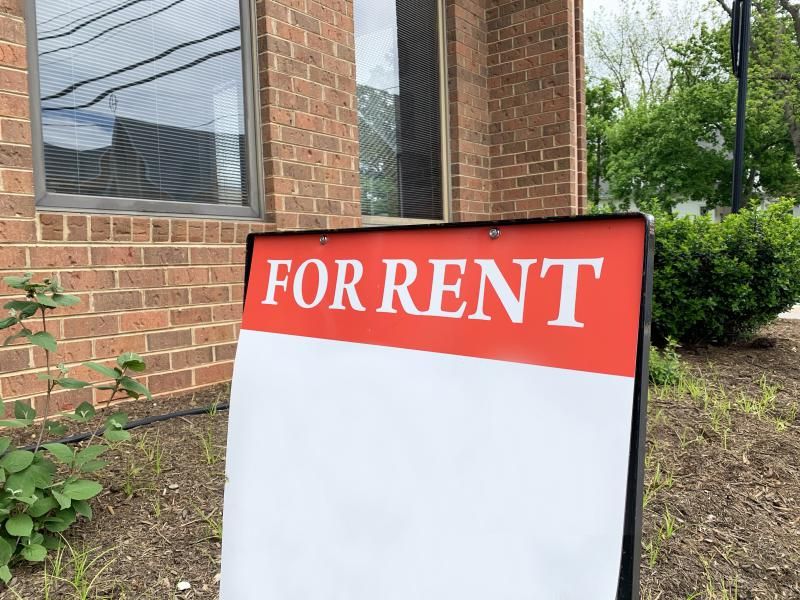
User Question: How do I set the price for a rental property?
To Jennifer L. from Florida:
There are several approaches I use to establish a rental price based on the size of the rental (1/2 bedroom apt., 2/3 bedroom house, etc.). I first check the rental prices of similar units within the area of the rental. I may adjust the rental price up or down based on the condition of the rental property and any amenities offered as part of the rental (washer/dryer, large fenced-in rear yard, garage, etc.). I would also talk to other landlords to determine their prices of similar units. I then call local apartment complexes for their prices for a 1/2/3 bedroom apartment and adjust the price up based on the factors described above. Finally, I would “back into” a rental price based on my monthly costs, set aside, and profit margin.
“Backing into” the rental price and comparing it to comparable units in the area will determine if the rental will be viable or not based on the market prices. In order to “back into” the rental price you need to understand the costs that go into the rental property. Such items to consider for the analysis include monthly mortgage, adjusted monthly costs for real estate taxes/homeowner’s insurance, adjusted monthly utilities (gas, electric, water/sewer, etc., as included in the rental), inspection fees, advertisement costs, regular maintenance (i.e.: Lawn services, trash removal, etc., as needed), 15% set aside for larger maintenance needs (repair/replacement of appliances, hot water heater, heater/Air Conditioner, and structural items – i.e.: roof), adjusted 2-month vacancy (for eventual change of tenants), and finally desired profit margin. If you utilize a property management company or real estate company to manage your property, you may need to include their adjusted costs. After your analysis, you may find that the comparable rental price may not meet the calculated “backed in” rental price. If it is close but still under, you may consider using the comparable rental price to meet the market and with the understanding that the rental price will most likely increase in subsequent years.
You should also guard against unexpected increases in utilities, taxes, and insurances by stipulating within your lease that any increases in these costs will lead to appropriate increases in rental costs as they are generally unexpected. Keeping the rental price within the comparable zone will attract potential tenants for consideration as you will be similar to other rentals in the marketplace. However, if the analysis if far higher than the comparable price, then you may need to increase the rental price to come closer to the calculated. Remember, prices over the comparable rental price may cause fewer or no prospective tenants to apply for your rental. One way to alleviate this is to include and advertise amenities that will attract prospective tenants. Advertising the amenities as well as some of the benefits will greatly add to prospective tenants applying for your rental. Such items to include in your advertisement may be: Large fenced-in rear yard, near public transportation, near a public park, near shopping centers, near schools, etc., as appropriate. Be careful as additional details add to advertising costs as it goes by the size or word/character count. Remember, rental prices near or slightly under the comparable rental price will bring in more prospective tenants whereas rental processes over the comparable rental price would generally yield fewer prospective tenants.
For further information, consider purchasing my book. You can find further information in the book at:
Chapter 3
- Pre-Requisites
- Property Purchase Costs
- Rental Market
Chapter 4
- Getting Ready
- Setting Rental Prices